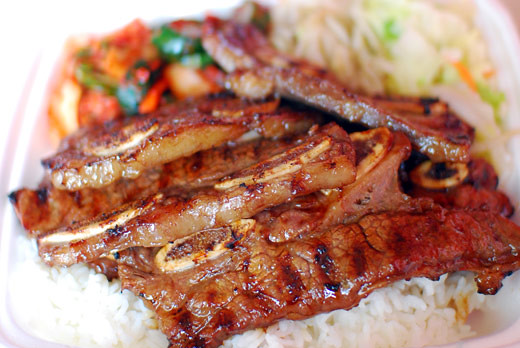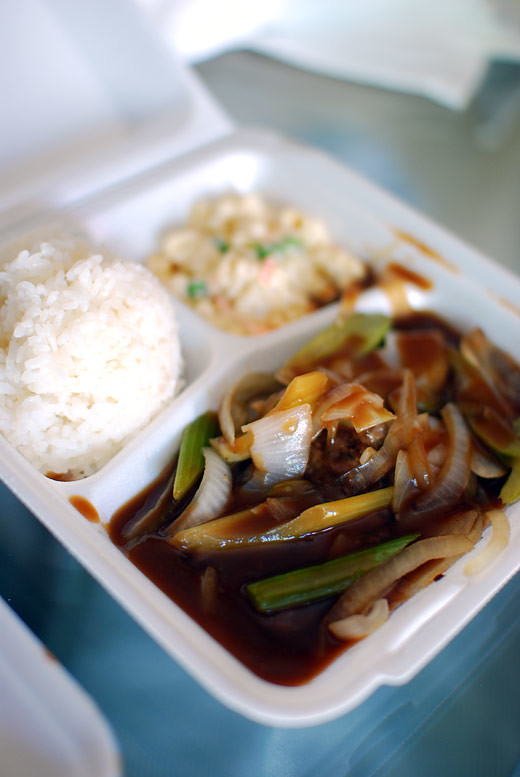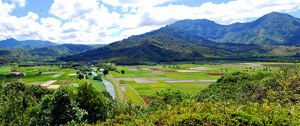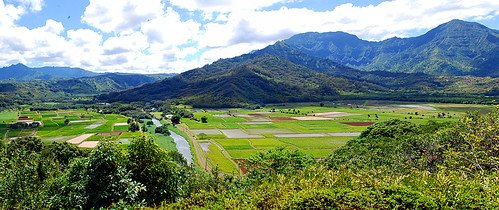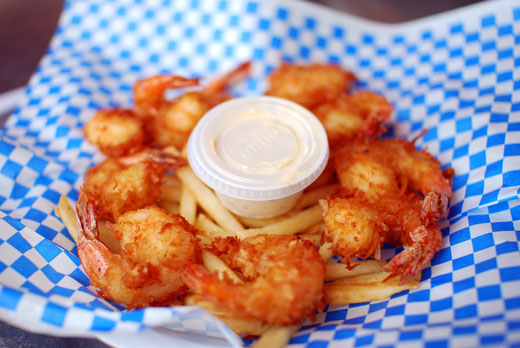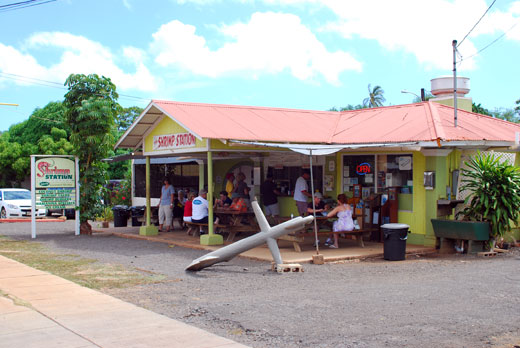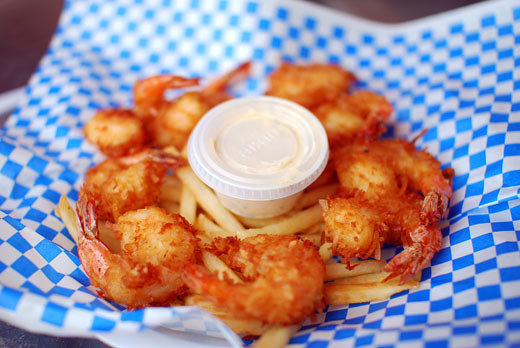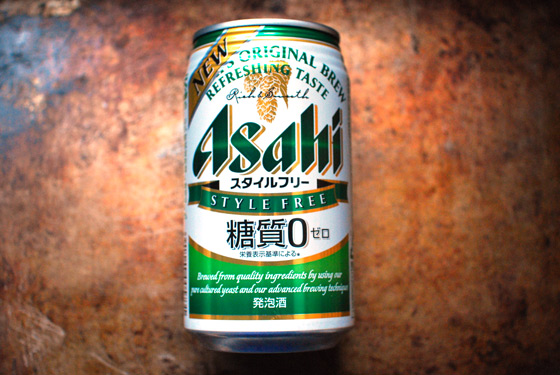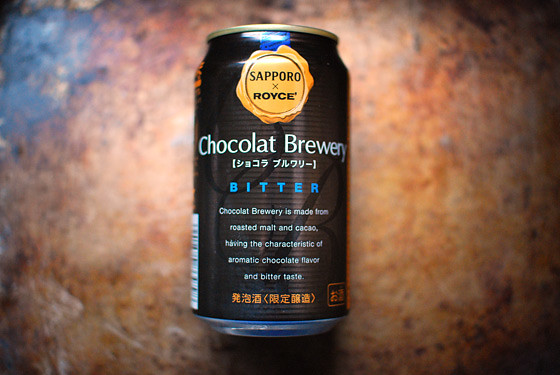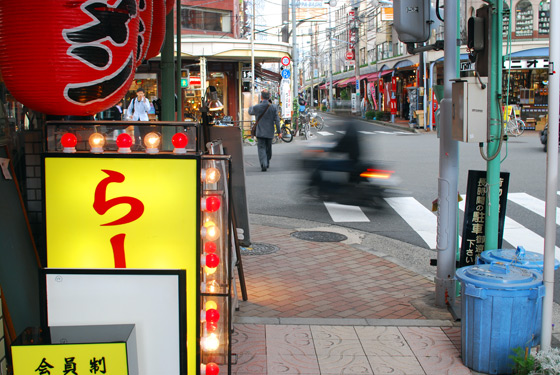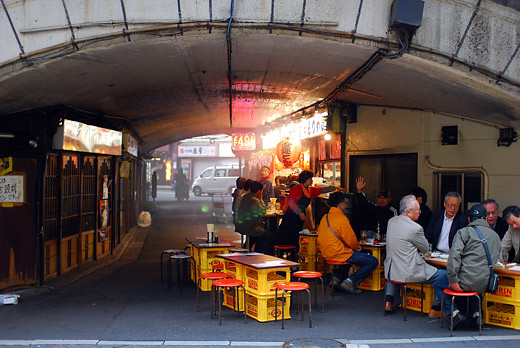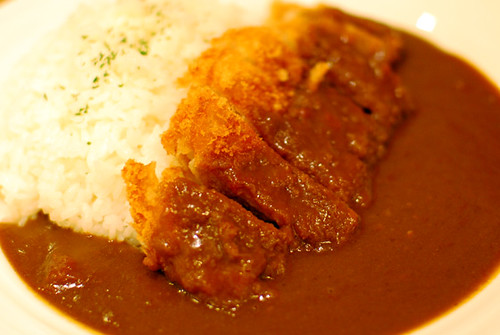
Katsu kari don at Narita International Airport.
I cobbled together the last few yen on my Suica transit card and a fistful of hundred yen coins to buy the above breaded pork cutlet in sweet and acidic curry gravy, washed down with a bland as a mountain stream lager. I could have taken a parting shot at some more serious sushi or a last ball of octopus fritter at the airport lounge takoyaki bar but I didn’t.
I’m a bad food tourist. I eat Japanese food like a complete jackass.
Despite the public display of nothing but food on my photostream, the trip to Japan was more about catching up with close friends rather than having a forced and micromanaged eating experience. The only solid food plan was to visit Tsukiji and eat a sticky pancake in an all-you-can-drink setting.
When I started researching my trip to Japan, it scared the hell out of me. I’m not the best on-the-beaten-path food tourist and am at my happiest when I find food at what approaches pure randomness. I take tips on board and metastasize them into queer tumors of culinary knowledge; a lingering feeling that I should be seeking out a certain food in a certain suburb or town rather than a beeline to the top restaurant.
Chowhound has a wealth of sample itineraries for Tokyo from people who are clavicle deep in the know, but they err towards foodie accord on what constitutes the best experience; a consensual Japanese-American hallucination as to what makes capital-A authentic Tokyo dining. It is all about canonising the perfect slice of toro from Tsukiji followed by a Edo-era duck sukiyaki rather than serendipitous finds and challenging what exactly constitutes modern Japanese food.
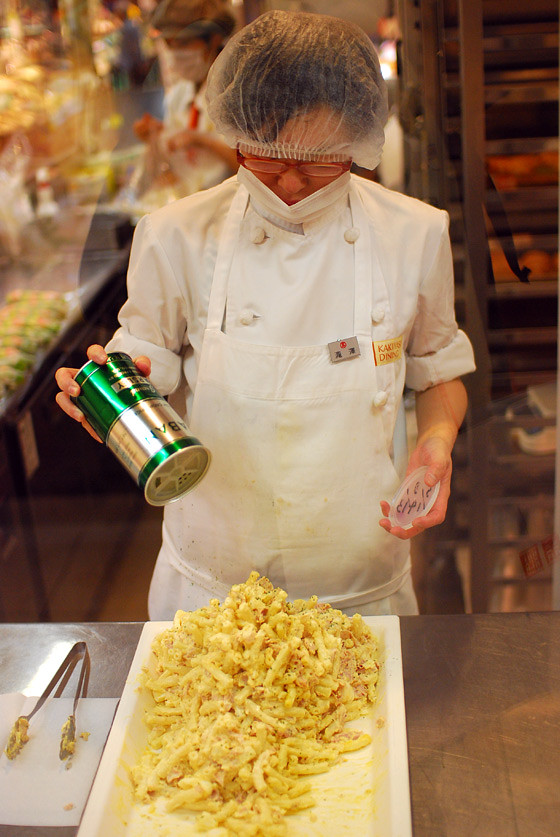
Making a giant tray of processed mayonnaise pasta salad at the Takishimaya food hall (depachika).
Deep down, Japanese food isn’t just about respecting the seasons. It’s about eating like a goddamned fool, the liberal application of the deep fryer and barbecue, about seeking out the newest edible novelty that the world has to offer and drinking deeply from the vending machine and convenience store beer fridge. While the department store basements might be packed with regional specialties, they too hold whatever cupcake happens to be trendy and the cheap, starchy deep fried foods that Westerners tend to eat only from an employee of a funfair.
There is a whole beautiful genre of Japanese food prepared for the sole purpose of eating while getting drunk to avoid the peak hour train crush. Omoide Yokochō, an alley that runs alongside Shinjuku station is devoted to it.

The streets around the station are heavy with yakitori barbecue smoke and beer crates. In the few hours after peak hour, it was nigh on impossible to get a seat even close to a grill. Fluorescent signs illuminate the beer special and battered material of the day.
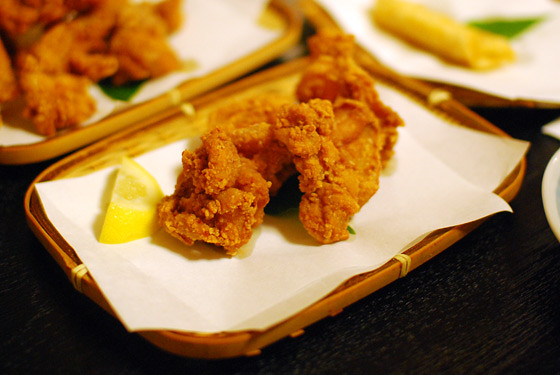
In this case, deep-fried, battered chicken skin served with a wedge of lemon and sweet processed mayonnaise.
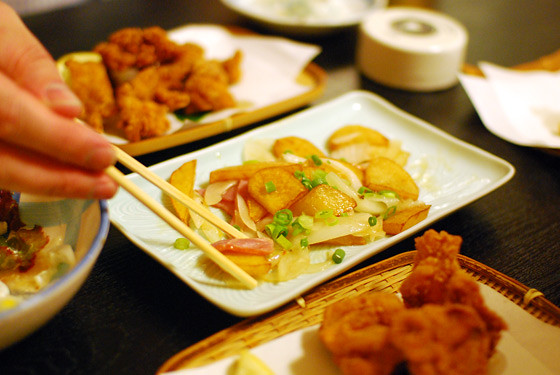
Potato, bacon and onion fried in butter.
